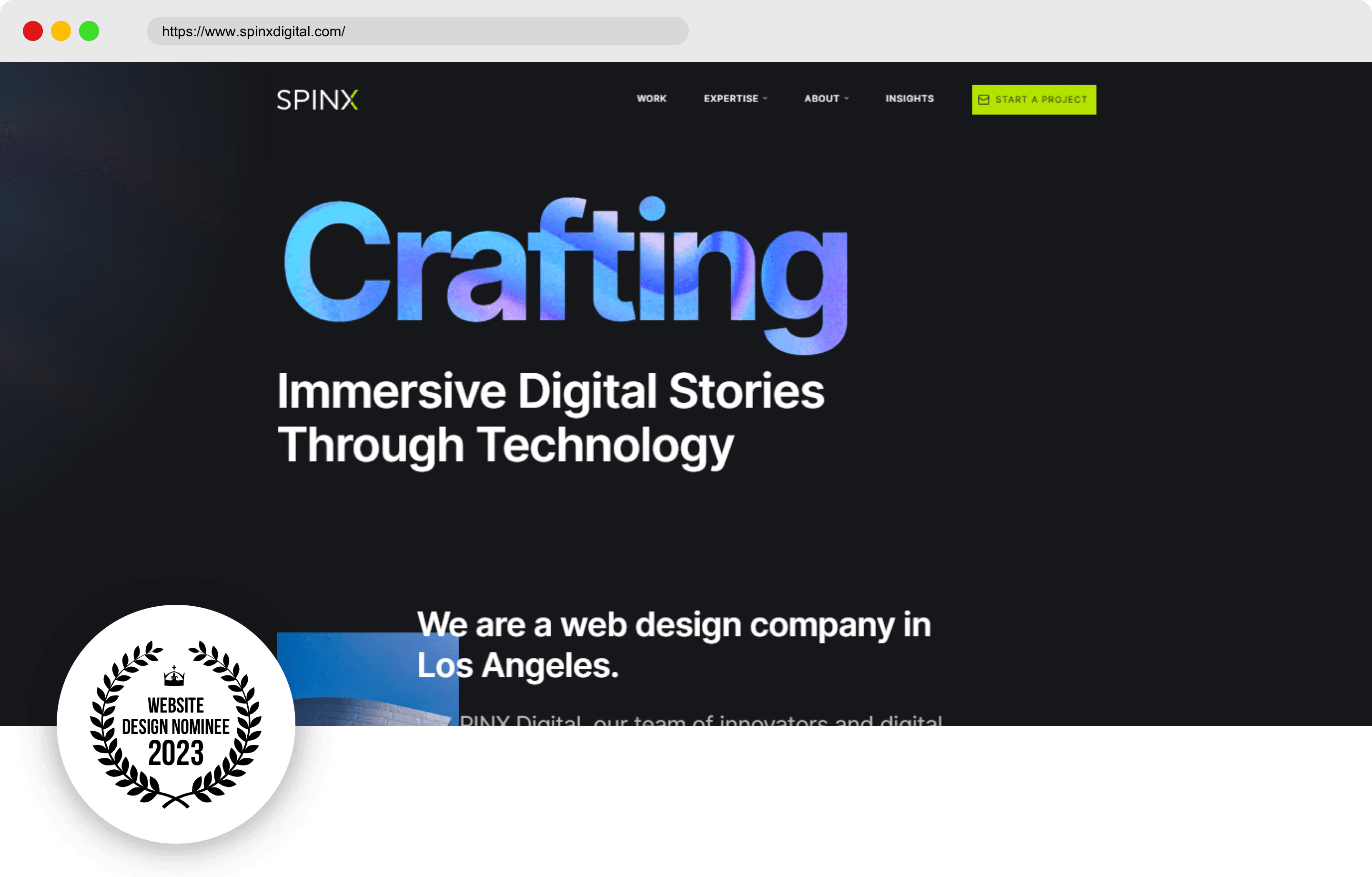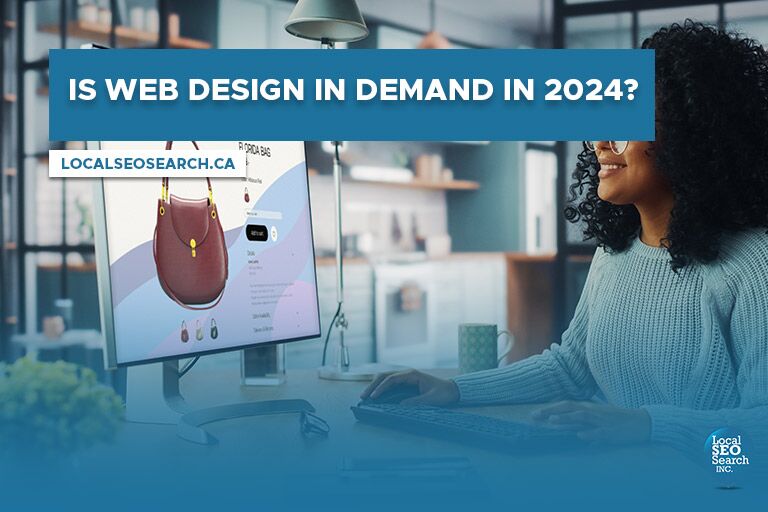The Ultimate Guide to Finding the Best Website Design in copyright Agencies
The Ultimate Guide to Finding the Best Website Design in copyright Agencies
Blog Article
Achieve Online Success With User-Friendly Web Site Layout
In the significantly competitive digital landscape, the style of a website can be a critical factor in establishing a business's success. Easy to use style not only boosts the total customer experience yet likewise influences crucial metrics such as retention, engagement, and conversion prices.
Importance of User Experience
User experience (UX) plays an essential function in the success of a website, as it directly influences customer satisfaction and interaction. A positive UX makes certain that site visitors can browse the website effortlessly, access information promptly, and full preferred actions, such as buying or authorizing up for an e-newsletter, without disappointment.
In an electronic landscape where competition is tough, a web site that focuses on UX can considerably enhance brand name commitment and retention. Customers are most likely to go back to a site that provides a smooth experience, creating a cycle of repeat sees and boosted customer life time worth. Reliable UX layout can lower bounce rates, as individuals are much less likely to leave a website that fulfills their needs efficiently.
Additionally, internet search engine progressively think about user experience aspects when ranking websites. Components such as page lots rate, mobile-friendliness, and instinctive navigation can influence a site's exposure in search results page. By concentrating on UX, companies not only improve client communications however also enhance their on-line existence and reliability. Therefore, buying user experience is important for attaining long-term success in the electronic industry.
Secret Principles of User-Friendly Layout
A successful straightforward style pivots on numerous vital concepts that improve usability and availability. Is simplicity; a clutter-free interface enables users to navigate easily, lowering cognitive load. This principle emphasizes the importance of clear and succinct content, permitting users to find details rapidly without unnecessary diversions.
Consistency is an additional vital part. Regular use colors, typefaces, and designs fosters knowledge and constructs depend on. Users need to really feel comfortable as they check out various sections of the site, understanding that similar aspects represent relevant functionalities.
Effective typography additionally plays an essential function in easy to use layout. Legible typefaces, suitable sizes, and appropriate spacing guarantee that web content is quickly readable across numerous devices. Incorporating user-friendly visual power structures helps individuals determine key info and activities at a glance.

Crucial Functions for Navigating
Efficient navigating is critical for any kind of user-friendly website, as it directly affects the total individual experience. A well-structured navigation system allows customers to situate info promptly and successfully, reducing aggravation and raising interaction.
One crucial function is a clear and intuitive menu that categorizes web content rationally - website design copyright. This food selection needs to be conveniently accessible from every web page, usually positioned on top or on the side of the internet site. In addition, integrating breadcrumb navigating helps users understand their place within the website pecking order and makes it much easier to backtrack
Browse performance is another important part, enabling customers to locate certain material without filtering through numerous web pages. This function needs to be prominently shown and responsive to variations in input.
In addition, a mobile-responsive design guarantees that navigating continues to be seamless throughout devices. As mobile use proceeds to rise, food selections should adjust to different screen sizes without jeopardizing functionality.
Finally, visual signs such as highlighting the energetic page and using hover results can boost customer interaction. By integrating these important functions, web site designers can develop learn the facts here now a navigational experience that is not only easy to use yet additionally encourages expedition and retention.
Access Factors To Consider
Ease of access factors to consider are integral to creating a straightforward site that satisfies all people, despite their impairments or capabilities (website design copyright). Sites must be created to ensure that users with aesthetic, auditory, cognitive, or electric motor impairments can involve with material effectively. This starts with adherence to the Web Web Content Access Standards (WCAG), which supply a structure for making digital content more available
Trick methods include the usage of detailed alternate text for pictures, guaranteeing shade comparison ratios satisfy availability requirements, and providing captions for multimedia components. Additionally, the navigation ought to be intuitive, allowing customers to tab with links and interactive aspects easily. Executing keyboard navigation is crucial for those unable to use a computer mouse.
Additionally, concise and clear language boosts comprehension for individuals with cognitive constraints. Kinds should be uncomplicated, with labels and instructions that are understandable. Routine access screening, consisting of individual responses from people with specials needs, can assist improve and identify obstacles functionality.
Gauging Layout Success

Customer responses surveys and use testing are essential in analyzing the performance of layout components. These approaches permit designers to collect straight input from users, recognizing discomfort points and areas for improvement. In addition, tracking heatmaps can reveal where customers click most regularly, assisting to educate format changes and material prioritization.
Analytics tools play a crucial role in gauging design success by offering data-driven insights. As an example, Google Analytics can track individual habits, revealing patterns that show whether the design is facilitating or hindering the individual trip. Inevitably, a successful site design not just satisfies organization purposes but also promotes why not try these out a smooth and enjoyable individual experience, driving engagement and loyalty over time. Routinely reviewing these metrics ensures that the site progresses abreast with user needs and industry ideal techniques.
Final Thought
Prioritizing customer experience with simplicity, instinctive navigating, and efficient responses mechanisms not only boosts user involvement and complete satisfaction yet also cultivates brand name loyalty. Incorporating crucial navigating attributes and availability factors to consider even more ensures that all users can effectively engage with the site.
Internet sites should be created to make sure that users with visual, acoustic, cognitive, or motor impairments can engage with material effectively.Determining layout success entails reviewing just how properly a web site satisfies its intended goals while giving a positive customer experience. Google Analytics can track customer click behavior, disclosing patterns that suggest whether the layout is assisting in or preventing the customer trip. Ultimately, an effective internet site layout not just satisfies organization objectives but likewise cultivates a seamless and delightful individual experience, driving involvement and loyalty over time. Focusing on user experience via simpleness, user-friendly navigation, and efficient comments mechanisms not only improves user interaction and fulfillment yet also cultivates brand loyalty.
Report this page